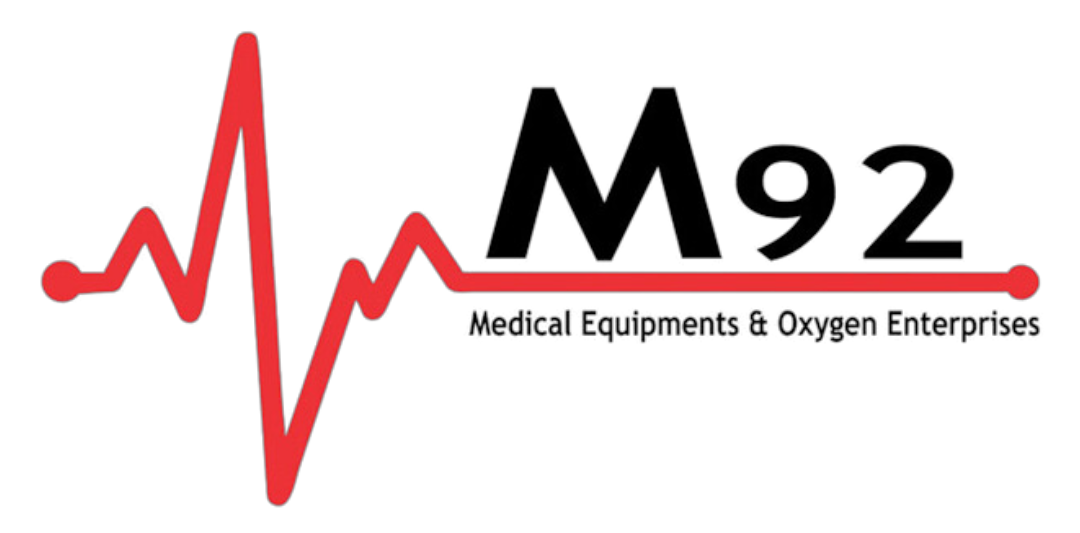As respiratory care equipment continues to evolve, modern devices are transforming the way we approach breathing assistance for patients. One essential piece of medical equipment in this category is the BiPAP machine, widely used for individuals who struggle with respiratory issues. In this article, we’ll explore what a BiPAP machine is, how it functions, and the different types available, providing insights for those looking to buy medical equipment online or find a medical equipment shop near me.
What is a BiPAP machine?
A BiPAP machine, or Bilevel Positive Airway Pressure device, is designed to assist patients with breathing difficulties. Unlike CPAP machines, which provide a single, continuous pressure, BiPAP machines deliver two distinct pressures:
IPAP (Inspiratory Positive Airway Pressure) – A higher pressure to aid inhalation.
EPAP (Expiratory Positive Airway Pressure) – A lower pressure to make exhalation easier.
BiPAP machines are invaluable in treating conditions like sleep apnea, chronic obstructive pulmonary disease (COPD), and other respiratory disorders. For patients looking for effective respiratory care equipment, BiPAP offers a comfortable, adaptable option that can be used in both hospital and home settings.
Benefits of Using a BiPAP Machine.
Enhanced breathing Comfort:
BiPAP machines adjust to the patient’s breathing pattern, making it easier for those with respiratory difficulties to breathe without strain.
Better Sleep Quality:
BiPAP machines are effective for sleep apnea treatment, reducing interruptions and improving the quality of rest.
Home and Hospital Flexibility:
BiPAP machines are suitable for both personal and professional healthcare environments, making them a versatile option when choosing medical equipment for respiratory care.
Types of BiPAP Machines:
There are different types of BiPAP machines designed to meet the diverse needs of patients. Here’s a breakdown:
- Fixed BiPAP Machines:
Description: These machines offer a set inspiratory and expiratory pressure that does not adjust automatically. Fixed BiPAP machines are often chosen when consistent pressure levels are sufficient.
Best for: Patients with stable breathing needs.
- Auto BiPAP Machines (Auto-adjusting BiPAP)
Description: Auto BiPAP machines automatically adjust pressure levels based on real-time respiratory monitoring. This type of BiPAP can provide a more personalized treatment for patients.
Best for: Patients whose pressure needs change frequently, such as those with complex sleep apnea.
- BiPAP ST (Spontaneous/Timed) Machines
Description: BiPAP ST devices include a backup respiratory rate to ensure consistent breathing. This feature assists patients who may experience pauses in their breathing.
Best for: Patients with central sleep apnea or advanced respiratory issues.
- BiPAP AVAPS (Average Volume Assured Pressure Support) Machines
Description: BiPAP AVAPS machines adjust pressure to maintain a target tidal volume, ensuring that the patient receives adequate ventilation.
Best for: Individuals with neuromuscular disorders or conditions that require precise volume assurance.
How to Caring for Your BiPAP Machine
Routine maintenance of a BiPAP machine helps ensure effective operation and longevity.
Daily Cleaning: The mask, tubing, and water chamber should be cleaned daily to prevent bacterial growth.
Weekly Deep Cleaning: Inspect for wear and deep clean all accessories weekly.
Filter Replacement: Changing the machine’s filters on schedule helps maintain a clean, efficient airflow.
Conclusion:
For individuals dealing with respiratory challenges, the BiPAP machine provides essential breathing support, improving both comfort and quality of life. Whether you’re considering a BiPAP machine, CPAP machines, or other respiratory care options, understanding the types available can help you make the right choice. Shopping at a medical equipment shop near me or a reputable online store can make it easy to access reliable and affordable devices.

